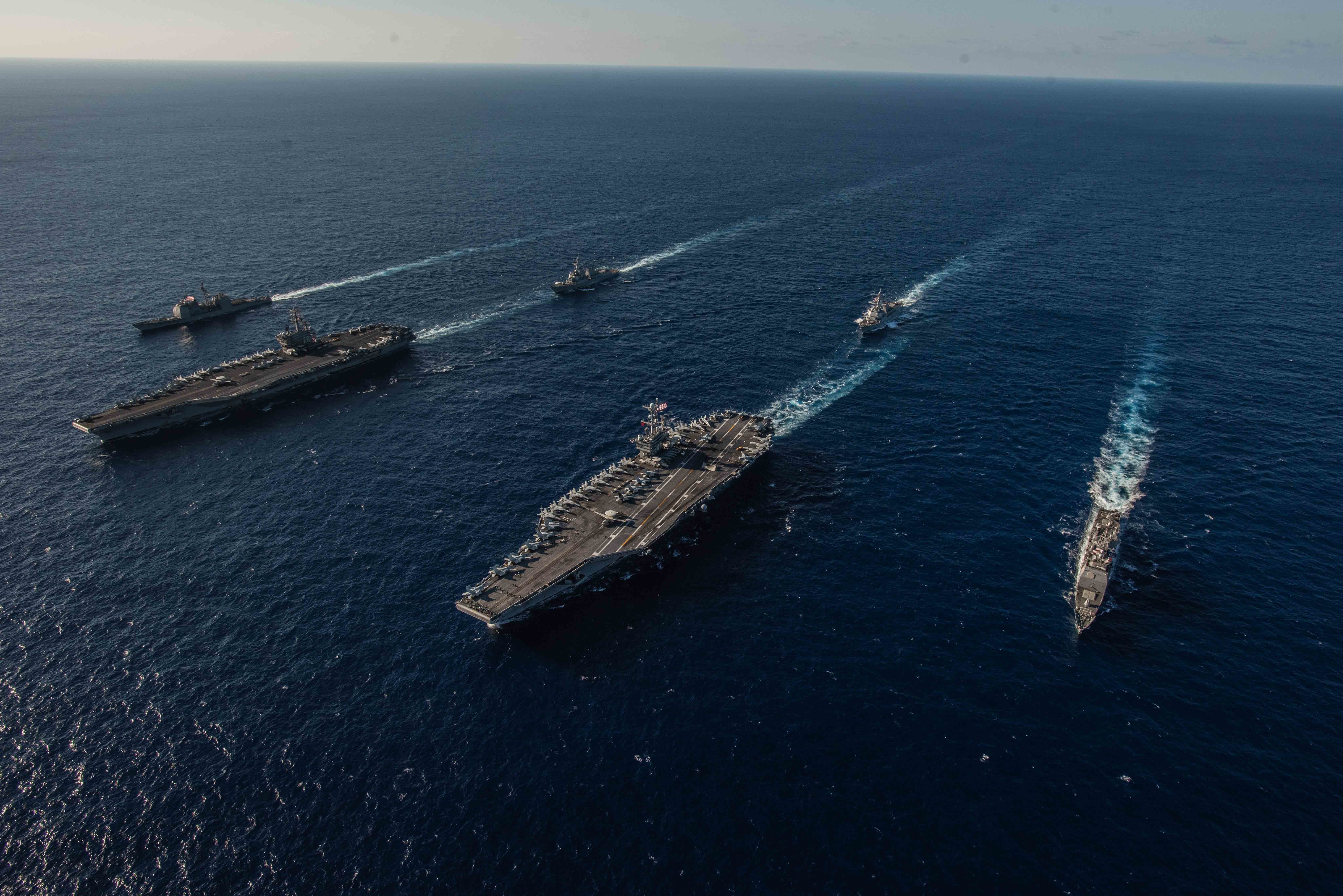
This post has been updated to indicate the 2019 Force Structure Assesment will be informed by reviews of operational plans and capability assessments rather than include those plans and assessments.
CAPITOL HILL — The Navy’s next in-depth look at force structure, due sometime in 2019, is unlikely to alter plans for building a 355-ship fleet, according to the service’s top leaders.
When the 2019 Force Structure Assessment is released, it will be informed by reviews of operational plans by force leaders and capability assessments, Vice Adm. William R. Merz, the deputy chief of naval operations for warfare systems (OPNAV N9), said during a Tuesday hearing before the Senate Armed Services subcommittee on seapower.
As for the planned fleet size, Merz said 355 is still considered the minimum number of ships needed to face potential threats from Russia, China and other potential adversaries.
“The FSA will influence two or three budget cycles. It’s a pace that is very aligned with how quickly we can adjust the shipbuilding plan,” Merz said during his testimony. “We have seen nothing from the combatant commands to date, or from Secretary (of Defense James) Mattis’ National Defense Strategy, that will give us any indication we’ll be coming off that 355-ship in composition or in total numbers.”
Every strategy document released is reviewed by Merz’s office to determine whether there’s a change in the Navy’s basic philosophy of operating forward deployed ships in multiple locations, he said while speaking with reporters after his testimony.
“As long as there’s no deviation from that (philosophy), we don’t anticipate a significant change in force structure by the FSA,” Merz said. “Beyond that, then it’s threat driven. What type of ships, what presence do we need? All that’s laid out in the National Defense Strategy, and right now we don’t really have any indication we’ll be coming off our 355 number. If anything it’s going to continue to grow.”
The FSA helps establish the types of ships the Navy should be buying and the capabilities these ships should have, Assistant Secretary James Geurts, who is the Navy’s top weapons buyer, said while also appearing before the subcommittee Tuesday.
“I don’t foresee any FSA changes that will change anything in the immediate or near-term shipbuilding strategy,” Geurts said while speaking with reporters after his testimony.
The Navy has an aggressive shipbuilding plan to achieve a 355-ship fleet. Within five years the Geurts said the Navy plans to have a 327-ship fleet. The Navy plan predicts fielding a 355-ship fleet in the 2030s.
The end number of ships might change a little, but Merz said if anything the number would increase.
“I’m typically more concerned with are there any indicators that I need to change capability, something that I had to do much quicker,” Merz said.





